Star Wars: The Sequel Trilogy Should Have Ended In Tragedy
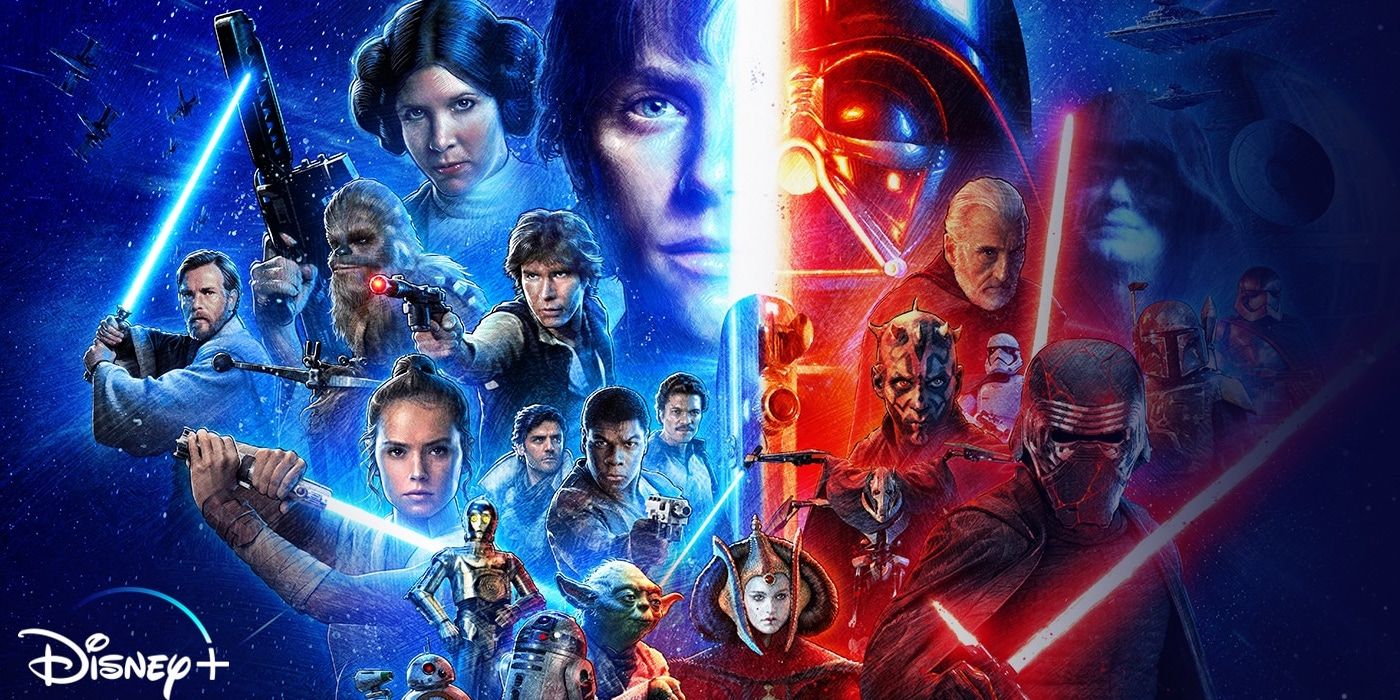
A year and a half ago, Disney ended their Star Wars sequel trilogy with The Rise of Skywalker. After their divisive second installment, The Last Jedi, the studio had hoped their finale would please everyone and bring the fan base back together. They succeeded in one of their goals. Star Wars fans were united through their disappointment with the Skywalker Saga's conclusion.
The Rise of Skywalker focused on pleasing fans instead of telling a story. That strategy rarely works well. Disney's finale was in trouble from the moment "Emperor Palpatine has returned" made its way across the screen. The movie spent much of its runtime retconning moments from The Last Jedi and laying out a path for an unearned happy ending to the sequel trilogy. By the time credits rolled, the characters were celebrating the defeat of the Emperor without giving any indication of how that one battle impacted the war with the First Order raging across the galaxy.
Disney would have done better if they'd followed the format George Lucas had already outlined with the first two Star Wars trilogies. Lucas may not be the greatest director of all time, and he certainly isn't a top-notch screenwriter, but he understood the structures that make Star Wars work better than anyone else. The first six Star Wars movies follow a pattern called ring composition. If Disney had continued the pattern, The Rise of Skywalker would have ended in tragedy and been a better movie for it.
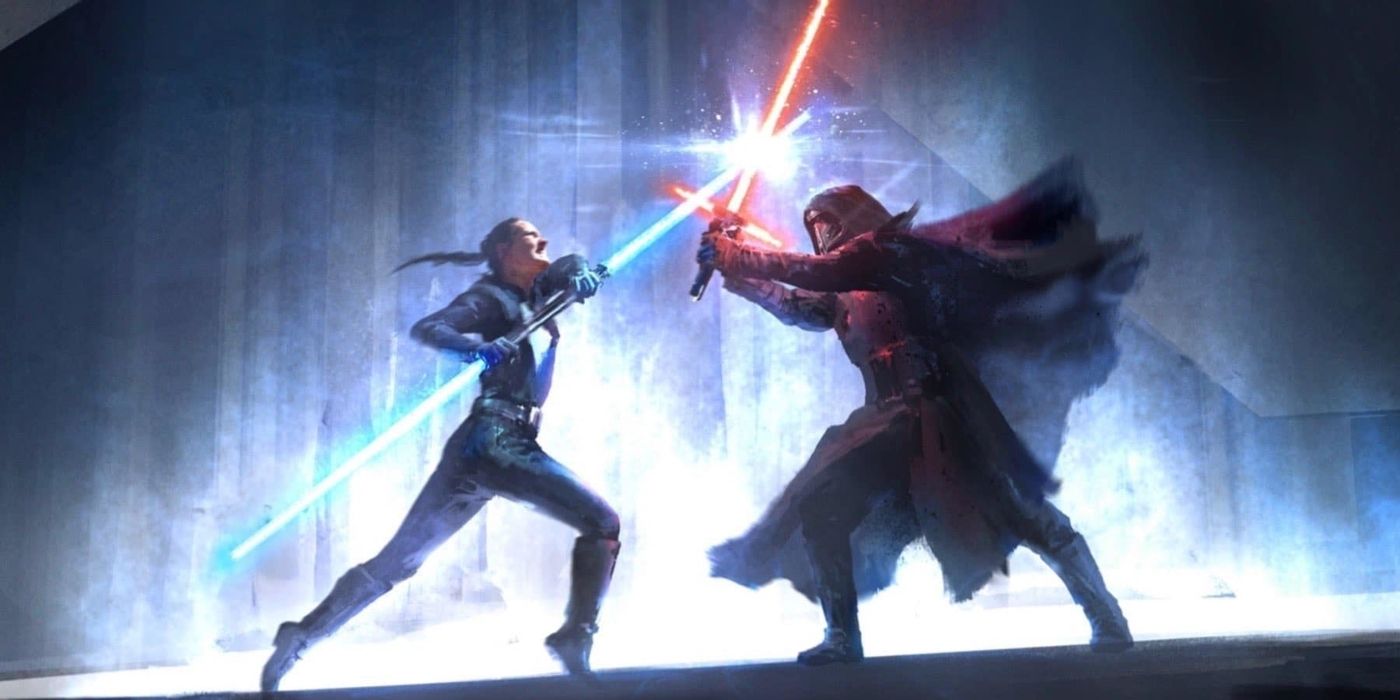
Ring composition is the secret structure that theoretically underlined the first six Star Wars films. It is a way of constructing cyclical stories whose endings line up with their beginnings. Ring composition is the perfect way to tell the story of the galaxy's endless wars and power struggles.
In a story built using ring composition, each individual piece is part of a larger tale. While every bit of the story has its own rising and falling action, they all contribute to the overarching narrative. The climax of the main narrative occurs at the mid-point of the story. From there, the pieces move backward until the story ends in a similar place to where it began.
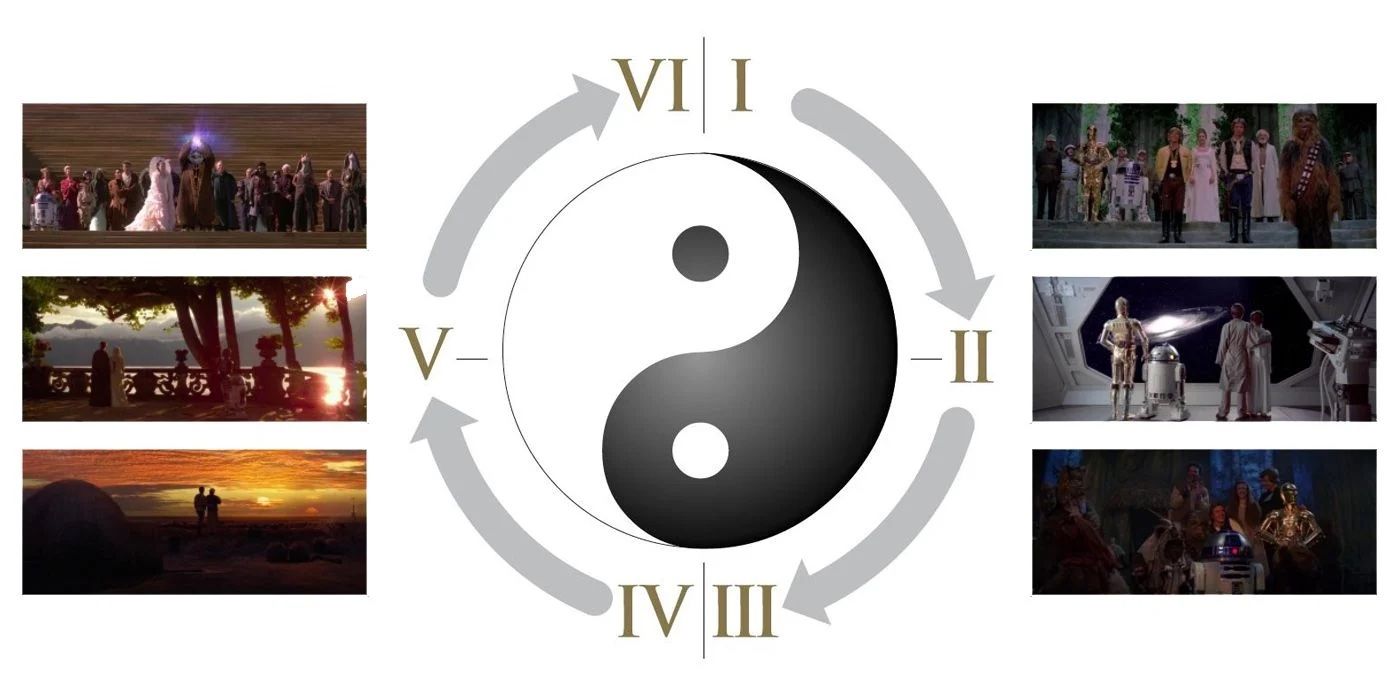
The first six episodes of Star Wars tell the story of the Empire's rise and fall. Inversely, they also tell the story of Anakin Skywalker's fall and redemption. From this perspective, the real climax of the story is the moment at which the Empire takes control of the galaxy. That happens at the end of Revenge of the Sith.
A New Hope echoes the beginning of the story by focusing on a young Force-sensitive boy learning to become a Jedi. It also starts moving the overarching story in reverse, taking the galaxy from the low point of Empire control to the high point of Rebel liberation.
The cyclical form of storytelling matches the ebb and flow of powers in the galaxy. Lucas designed the Skywalker Saga to carefully follow this pattern. If Disney wanted to continue to the Saga, they should have done the same.
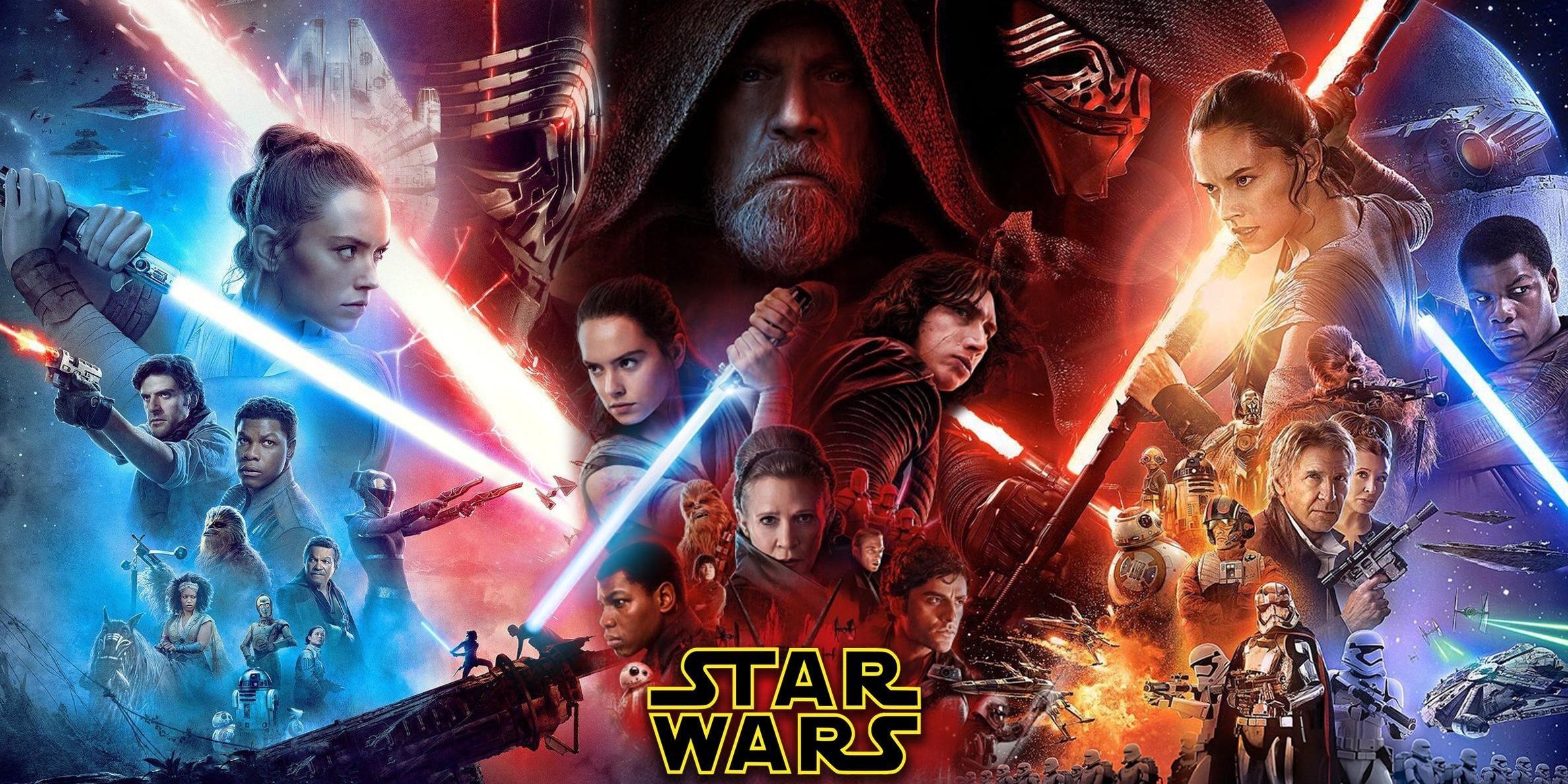
In a perfect world, Disney would have created a new Star Wars trilogy that was entirely separate from the Skywalker Saga. That said, it's understandable that the studio would want to continue directly from where Lucas left off. All the familiar faces would help audiences buy into the new trilogy.
Since they decided to continue the Skywalker Saga, they should also have continued its patterns. Following ring composition, after the high point of Return of the Jedi, the sequel trilogy should have brought the galaxy back to a low point. The ideal follow-up trilogy would have been about the rise of the First Order and the fall of the Rebels who'd won in the original trilogy.
Instead, Disney began their sequels with the First Order already in full control of the galaxy. From there, they didn't really have anything to do except for a typical "overthrowing evil" plotline. Rian Johnson's The Last Jedi tried to offer Disney an out by introducing the concept of a middle path. The film killed off the sequels' Emperor figure, Snoke, and had Rey learn the value of tapping into the dark side of the Force.
When some fans revolted, Disney backed down from the opportunity to take Star Wars in a new direction. They stuck to the typical happy ending story. That's a major reason why The Rise of Skywalker disappoints, and the sequel trilogy as a whole failed.
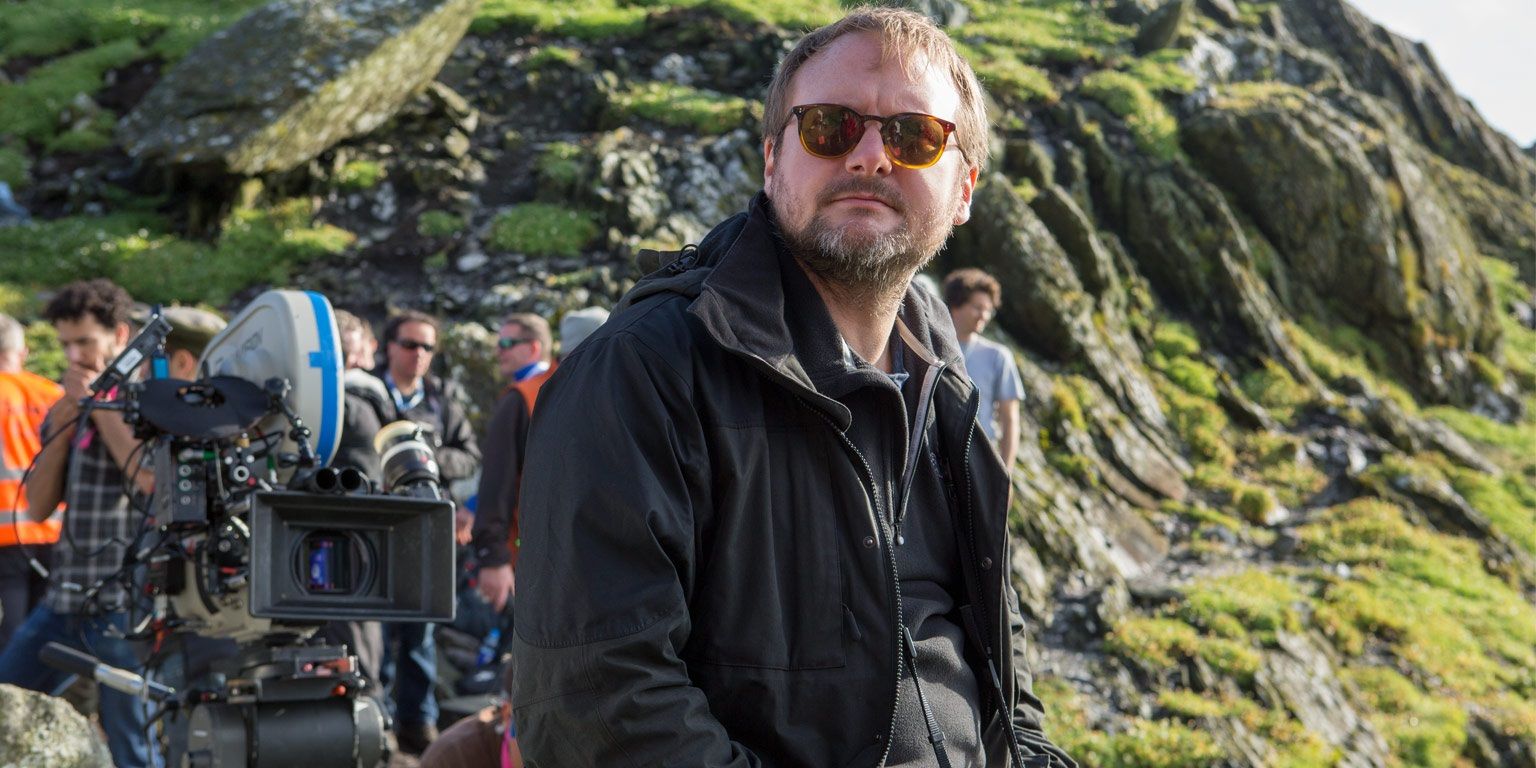
By all accounts, Disney is planning a new trilogy that will be overseen by Rian Johnson. At this point, it's too late for them to correct their mistakes from the sequel trilogy. Trying to further continue the Skywalker Saga, even by using the concept of ring composition, would be a mistake. This time, Disney should do what they failed to do back in 2015 and give fans a new trilogy that lets Luke Skywalker and everyone else in Star Wars history take a much-deserved break.

Post a Comment